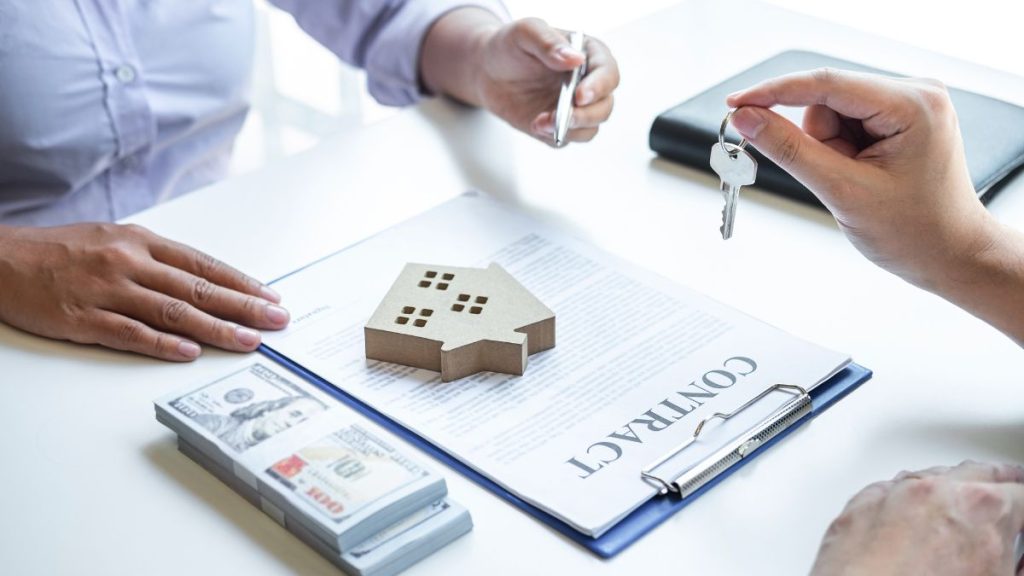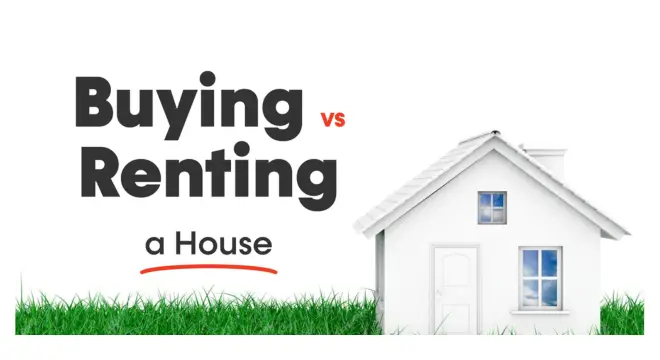How to Boost Interest in a Home Sitting on the Market?
Selling a home has always felt like a mix of excitement and anxiety to me. I know that waiting for the right buyer can test your patience, especially when days turn into weeks and weeks into months. You start wondering: Is something wrong with my home? Am I asking too much?
As of May 2023, the median home in the U.S. sells in about five weeks—43 days, according to the National Association of Realtors. That might sound quick, but it shifts seasonally. Take January 2023, for example, when the median time on market stretched to over two months.
That’s a huge difference, and it reminded me how much the timing really depends on where you live, the current market, and even your home’s unique features.
Here’s the thing: there’s no single “too long.” What matters is knowing the signs and taking action before frustration sets in. In this section, I’ll walk you through how to gauge if your home’s market journey is normal, and when it might be time to rethink your strategy.
Key Factors Affecting Time on Market

When I first started selling homes, I realized quickly that the time your house stays on the market isn’t just about luck—it’s a mix of things you can control and things you can’t. You might feel like you’re doing everything right, yet the clock keeps ticking. Let’s break down what really affects your home’s timeline.
Market Conditions: You and I both know the market swings. In a buyer’s market, there are plenty of homes to choose from, so you’re competing with other sellers. In a seller’s market, buyers are chasing fewer listings, which can speed things up dramatically. Even within the same city, one neighborhood might sell faster than another.
Time of Year: You probably guessed it—season matters. Summer and spring usually attract more buyers, while winter can slow things down. If you’re listing in the off-season, don’t panic; just adjust expectations accordingly.
Home-Specific Factors: Here’s where you have the most influence. Things like your home’s condition, size, style, and amenities play a huge role. A mansion in a perfect location can still linger if it has outdated finishes or maintenance issues. Overpricing and low-quality listing photos also keep buyers scrolling past.
Expert Insight: According to Better Homes & Gardens, “The average time a home sits on the market is highly dependent on multiple variables, such as the area the home is in, the style, the size, the condition, and the amenities”. I find this a helpful benchmark to understand your home’s performance versus the market.
Small changes in staging or photography can make a huge difference—if you’re unsure where to start, check our guide on how to get your house ready to sell.
Communication: Aligning With Your Real Estate Agent
One thing I’ve learned is that selling a home isn’t a solo journey—you need your agent fully in sync with you. If you feel like things aren’t moving, the first thing I suggest is an honest conversation. Ask yourself: Are we on the same page about expectations and timelines?
I always tell sellers that checking in every couple of weeks makes a world of difference. If your listing isn’t getting traction, your agent can suggest adjustments, whether it’s a small price tweak or reworking the marketing.
You can also ask your agent about previewing the listing to other agents before it goes public. I’ve seen this work wonders: it creates buzz among buyers’ agents and can speed up showings. Open communication ensures that you’re making decisions based on facts, not frustration.
Data-Driven Decisions: Analyzing Listing Performance
You probably feel anxious when your home isn’t selling, but getting objective data can help calm that. I always start by tracking the number of showings, inquiries, open house traffic, and online engagement. These numbers give you a clear picture of buyer interest.
If your home is getting lots of views but few showings, you might need to revisit your listing photos or description.
Comparing your home to similar properties that sold nearby is another tactic I swear by. If buyers are consistently choosing other homes, figure out why. You can even check whether your listing is being shared by other agents or featured in local press. This insight helps you decide your next move instead of guessing.
I’d love to hear from you—have you tried tracking your home’s online activity or showings? Share your experience in the comments below!
Improving Your Listing

Let’s talk about what I can do to make your home irresistible online and in person. The first thing I suggest is re-evaluating your listing description. Are you highlighting unique features—fire pits, updated appliances, great landscaping, or proximity to parks? If not, buyers might overlook your home.
Photography is next. I’ve learned that a professional photographer can completely change buyer perception. Seasonal updates, better lighting, and decluttering can make your home feel fresh and inviting.
Home staging is another game-changer. You and I both know empty or overly personalized spaces can turn buyers off. A stager can rearrange furniture, add décor, or even bring in rental pieces to showcase your home at its best. Even small touches, like fresh flowers or a new door color, can make a lasting impression.
If you want real-time tips and updates while preparing your listing, you can join a handy WhatsApp group where sellers share advice and insights.
Quick Home Fixes and Repairs
If buyers have been giving consistent feedback about small issues, it’s worth tackling them. I always encourage sellers to handle cosmetic fixes like painting, decluttering, and sprucing up landscaping. These don’t break the bank but can speed up the sale.
For bigger concerns—like a leaky roof, aging HVAC, or outdated appliances—you can either fix them or offer a credit at closing. I’ve seen sellers use this approach to give buyers peace of mind, which can be the difference between a sale and a no-show.
Even minor changes, like replacing an old light fixture or tidying a basement, can make your home feel move-in ready. These are the small wins that I tell every seller to prioritize.
Before diving deep into analytics, it’s worth knowing your home’s current market value—you can quickly find out your home’s real value to set realistic expectations.
Pricing Adjustments and Loan Flexibility
At the end of the day, price often dictates speed. I’ve seen homes sit because the asking price was just a little too high. Lowering your price strategically can create urgency and even spark multiple offers.
You can also expand your buyer pool by considering different loan types. If you were only hoping for cash or conventional buyers, opening to FHA or VA loans might attract someone who couldn’t consider your home before.
When I guide sellers, I focus on smart pricing combined with flexible financing options. That combination usually gets eyes—and offers—on the property faster.
Advanced Strategies: Relisting or Changing Agents

Sometimes, despite everything you’ve tried, your home still isn’t selling. I’ve been there, and I know how frustrating it feels. At this stage, you might consider relisting your property or even switching agents—but it’s all about doing it thoughtfully.
Relisting Your Home: If you’ve made major updates—like new photos, repairs, or staging—or you’re adjusting the price, taking the home off the market and relisting can bring fresh attention. I’ve seen this strategy work when sellers give the property a new “first impression.” But here’s the catch: relisting with the same marketing and price rarely helps. Make the changes meaningful, and the market will notice.
Changing Your Agent: Sometimes, your agent may not be giving you the insights or communication you need. I always suggest having an open conversation first—express your concerns and discuss potential strategies. If things still don’t improve, finding an agent with fresh ideas can give your listing new life. Before making the switch, check your agreements to avoid any surprises.
The key I always emphasize: whether relisting or changing agents, you and I need to stay proactive and collaborative. Don’t let frustration guide decisions; let data and strategy do that work.
Even minor mistakes in timing or renovation can slow down your sale—learn more about the costly mistakes to avoid when buying and selling at the same time so you don’t fall into common traps.
Final Takeaways: Turning Stagnation into Action
Here’s what I’ve learned after years of helping sellers: a home not selling isn’t a failure—it’s a signal to act. I want you to remember this: every day your home sits unsold is a chance to optimize, adjust, and improve.
Start with realistic expectations about market timing. Track data carefully. Communicate openly with your agent. Improve your listing, fix what you can, and adjust your price when necessary. These small steps, taken together, create momentum.
You and I both know selling a home is emotional. Take control by focusing on what you can influence. Every tweak, every insight, every call you make brings you closer to a sale that works for you.
For more tips on preparing and pricing your home, explore our Real Estate & Homeownership section to boost your sale.
Disclaimer: The information in this article is for general educational purposes only and does not constitute legal, financial, or real estate advice. Always consult a licensed professional for guidance specific to your situation. Results may vary depending on market conditions and property specifics.


